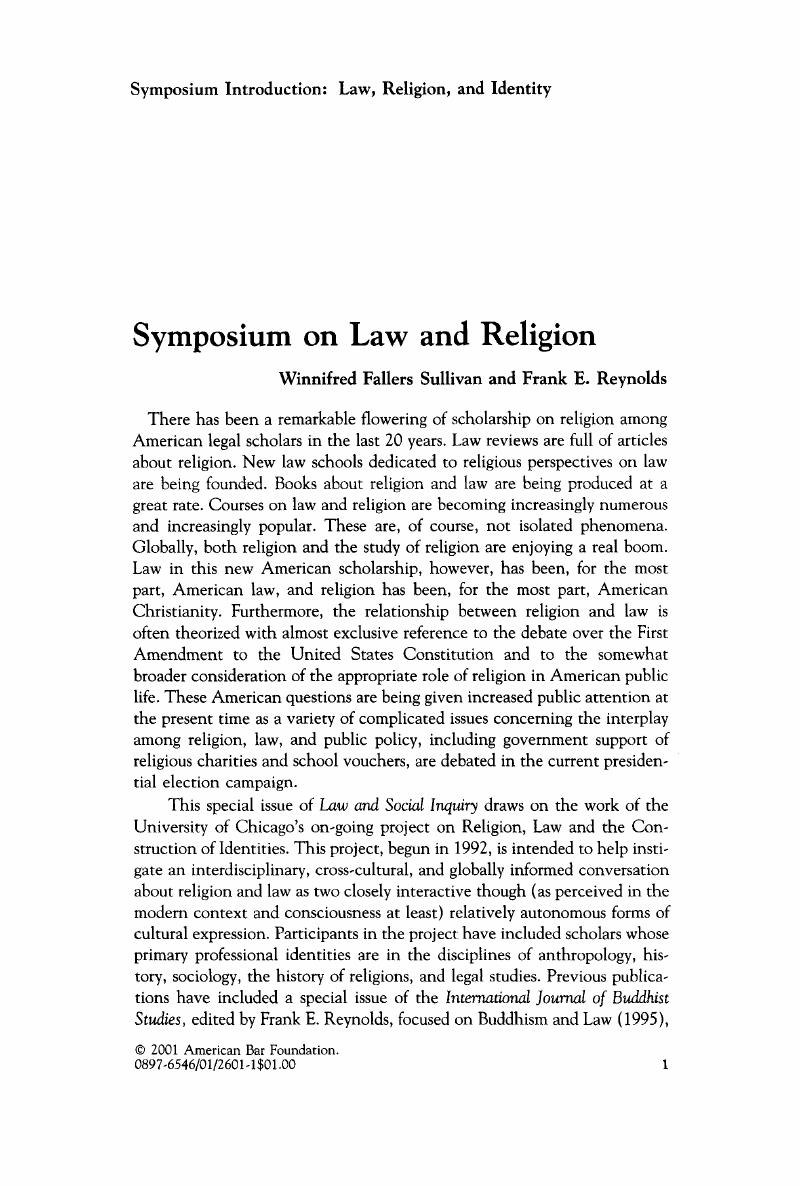Published online by Cambridge University Press: 27 December 2018

1. Boaventura de Sousa Santos, Toward a New Common Sense: Law, Science, and Politics in the Paradigmatic Transition (New York: Routledge, 1995).Google Scholar
2. Vilipend is defined in the Oxford English Dictionary as follows: “To speak of with disparagement or contempt; to represent as contemptible or worthless; to abuse or vilify.” Vilipending a religious object is prohibited by art. 208 of the Brazilian Penal Code.Google Scholar
3. The supreme court of Japan has also interpreted constitutional provisions guaranteeing religious freedom to prohibit disrespect among religious practitioners, not just by the government. See the Nakaya case. Showa 63 June 1.Google Scholar
4. Section 602(a)(1) of the 1998 International Religious Freedom Act, 22 U.S.C. § 6401 et seq., requires special training in religion for immigration officers. It is too early to assess the effect this will have on asylum cases.Google Scholar
5. In recent years, the critique of this dominant view has been especially prominent in humanistic and social scientific studies of legal cultures, including those that have taken the religious dimensions of law seriously into account. The original versions of three of the five papers that are included were prepared for religion and law panels that were presented at the annual meeting of the Law and Society Association.Google Scholar
6. Protestant and catholic are used here to describe a type of religious orientation rather than to refer to particular religious institutions.Google Scholar
7. Native American Graves Protection and Repatriation Act, 25 U.S.C. § 3001 (2000).Google Scholar